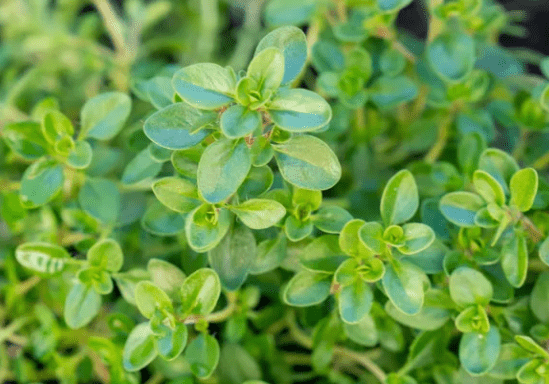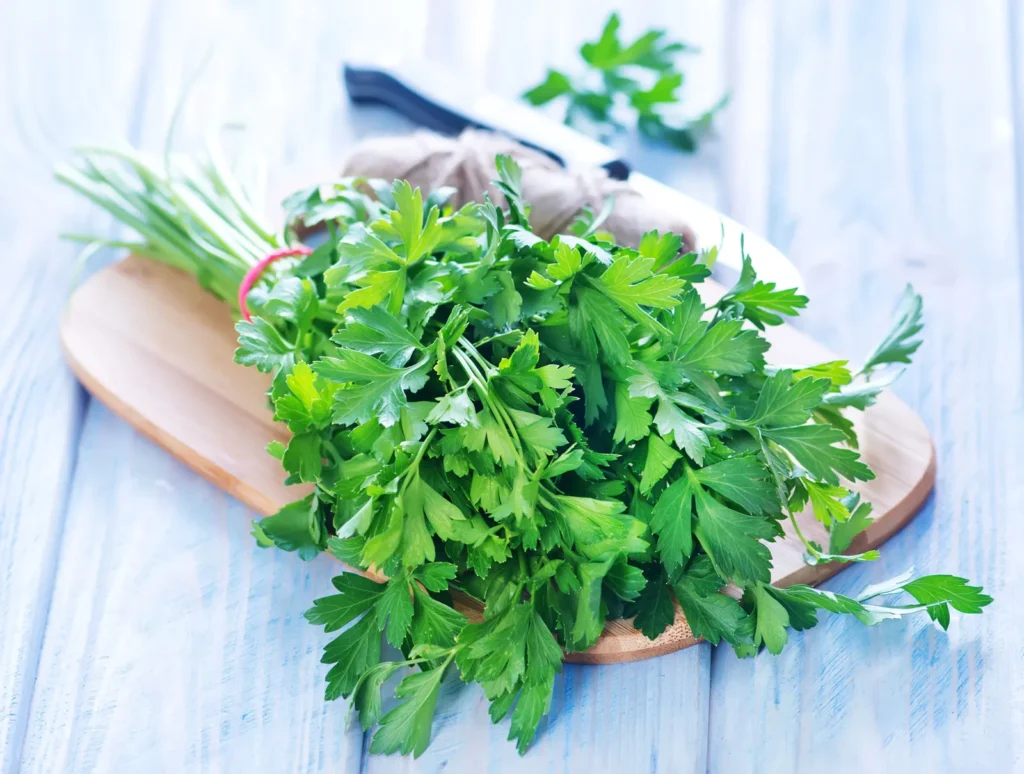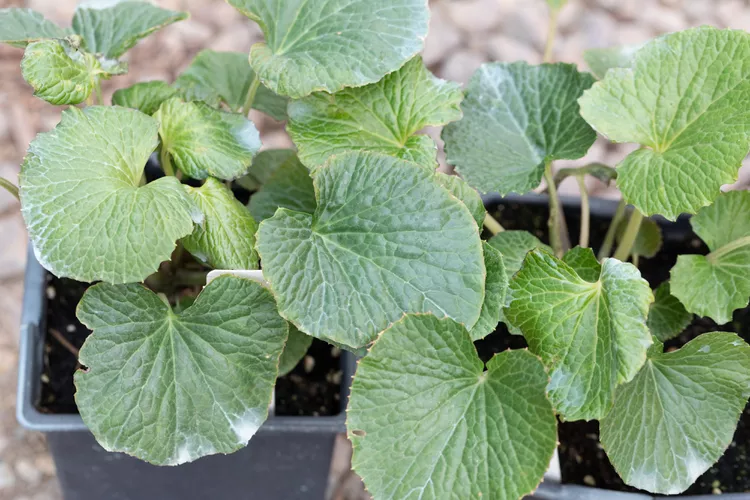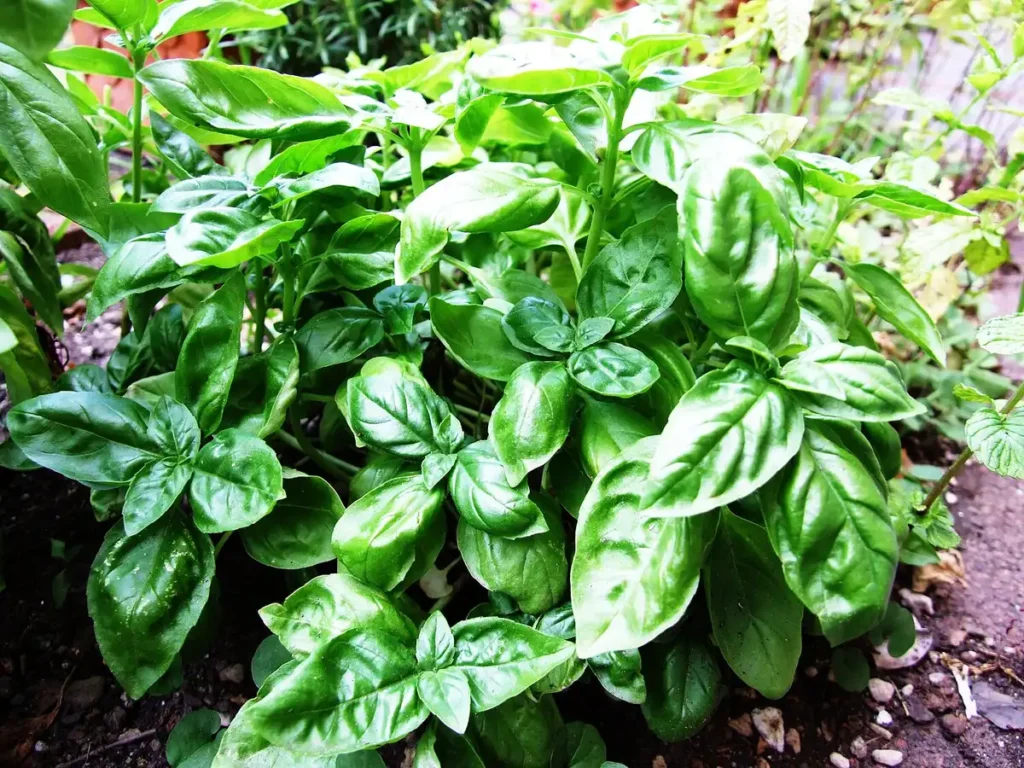
Description
A low-growing, woody perennial, thyme (Thymus vulgaris) thrives in partly dry, sunny environments. Thyme is a tiny, wiry, spreading perennial shrub that reaches a height of 4 to 12 inches. It features violet-colored flowers and tiny, evergreen leaves that are gray-green in color. After it becomes established, thyme can withstand drought and grows best in dry, chalky soil.
Habitat
A genus of perennial plants, thyme (Thymus) is pronounced “time”. Thyme comes in around 350 different species. They are indigenous to Asia, North Africa, and Europe and belong to the Lamiaceae family. A popular herb in the Mediterranean.
Uses
In addition to being used as medicine, the flowers, leaves, and oil are frequently used to flavor cuisine. Chemicals in thyme may help treat bacterial and fungal diseases. It also has antioxidant properties and may aid reduce coughing. Thyme is widely used to treat cough, dementia, patchy hair loss (alopecia areata), and a host of other ailments, however these claims are not well supported by scientific research.

Varieties
Thymus x citriodorus ‘Aureus’, or golden lemon thyme, has golden, variegated leaves with a real lemon fragrance in addition to the minty flavor of thyme.
Woolly thyme (Thymus pseudolanuginosus): This type grows well in rock gardens as a velvety, spreading carpet. It’s not used for cooking because it smells bad; instead, it’s utilized for landscaping, such as growing between patio cracks.
Thymus herba-barona, sometimes known as caraway thyme, is a low-growing variety with caraway-scented pale pink blooms.
Thymus praecox, often known as creeping thyme, is a type of thyme that grows as a low mat that is just two to three inches tall, and it has flowers that can be pink, magenta, lavender, or white. It serves as a ground cover frequently.
Plant Care
- Light
Thyme plants, which are native to the Mediterranean region, do best in full sunlight, ideally receiving six to eight hours of light every day. Plant them in your garden’s exposed, sunny position or in eye-catching pots that you can shift throughout the entire day to follow the light. If you’re growing thyme inside, put it on a windowsill in the sun or, better yet, in a room that receives plenty of light all day, like a sunroom.
- Soil
Thyme plants will thrive better in poorer soil. The laid-back plant may even grow in rocky gravel and prefers sandy or loamy soil over damp soil. Choosing a clay or terracotta pot will help if you’re growing your thyme in containers because the absorbent material will draw extra moisture out of the soil and help your thyme thrive. Whatever you do, make sure your soil drains properly since thyme is temperamental about wet feet.
Water mature plants sparingly (every other week or perhaps once a month, depending on your outdoor climate) in order to properly care for your thyme plant. After the soil is totally dry, you should let it dry out once more before adding water until it reaches saturation. Additionally drought-tolerant, thyme won’t panic if you forget to water it for a few more days. But until their roots are firmly established, give young plants a little extra attention and check the water more regularly.
- Temperature and Humidity
Thyme plants can grow through most of the year until there is a frost, at which time they will go dormant for the winter. Thyme plants don’t require any particular conditions in terms of temperature or humidity. That being said, the summer months are without a doubt their greatest growing season. During this time, you can also see their blooming blooms, which attract bees and other insects. Thyme requires strong air circulation to prevent fungal diseases, particularly in warm, humid regions. Therefore, plant it far apart to allow for adequate ventilation.
- Fertilizer
Every spring, give your thyme plants a half-strength dose of an all-purpose fertilizer. Fertilizer applied at half strength will prevent the plant from producing excessive foliage, which could dilute the flavor and fragrance oils of the plant.
Table





